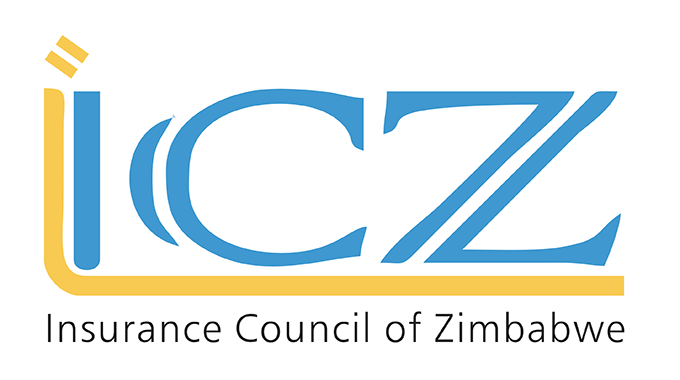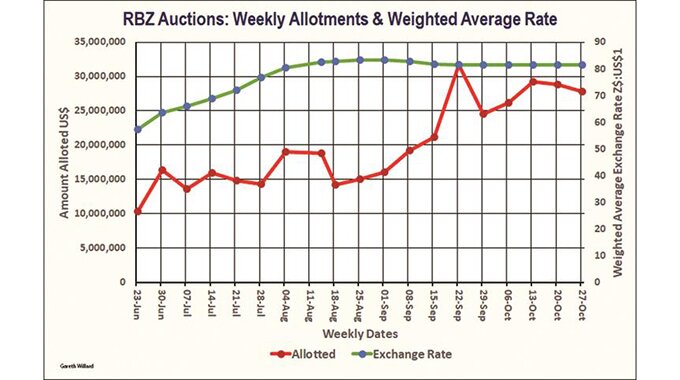Golden Sibanda
Senior Business Reporter
The National Development Strategy 1 (NDS1), the Government’s newly announced economic blueprint covering the period 2021 to 2025, aims to drive the beneficiation of five key minerals during its five-year period in order to enhance socio-economic development.
NDS1, which was launched by President Mnangagwa on Monday, last week, will target beneficiation of key minerals gold; platinum group metals (PGMs), chrome, diamond and coals.
This also comes against the realisation that most facilities for the beneficiation of minerals, which are a finite resource, in the country either lie idle or are underutilised. These include Fidelity Printers and Refiners, Alaska Copper Refinery, Bindura Nickel Corporation refinery and Kwekwe Roasting Plant.
Government has identified mining as one of the key anchors of economic growth over the short to medium term towards upper middle income status by 2030 and has lined up policy measures to grow mining from a US$2,3 billion industry to a US$12 billion sector by 2023.
According to the NDS1 strategy document, which takes over the Transitional Stabilisation Programme (TSP) and runs its full course at the end of next month, Zimbabwe exports most of its mineral raw. NDS1 intends to build on the successes and has achieved under the TSP, which was adopted in October 2018.
Advertisement
Mooted plans for mineral beneficiation, the NDS1 document says, align with vision for national reindustrialisation, the Southern African Development Community (SADC) Protocol on Mining and the Africa Mining Vision.
“Although the mineral commodities have over the years been generating over 60 percent of the country’s total exports, much of the sector’s contribution towards socio-economic development can be enhanced through mineral beneficiation and value addition,” the document says.
During NDS1, mineral value chains are expected to play a crucial facilitation role towards national reindustrialisation to build a strong integrated economy. Zimbabwe has more than 40 minerals whose commercial viability has been demonstrated over the years.
Centralised gold service centres will be established during the NDS1 period and small scale miners will be capacitated through the mining industry loan fund to reduce use of mercury in line with Minamata convention dictates.
Gold mining accounts for more than 30 percent of Zimbabwe’s annual mineral exports and has historically been the bedrock of mining and national socio-economic development.
The new economic blueprint targets establishment of a PGMs value chain from concentrate and matte to base metal refinery, where nickel, copper and cobalt will be produced.
Zimbabwe currently has three PGMs producers namely Unki Mines, Zimplats and Mimosa Mining Company. Several others are either at exploration or mine development stages.
“Presently, PGMs constitute the major foreign currency earner, contributing about 40 percent of mineral exports. During NDS1, priority is to move up the PGMs value chain,” the policy says.
Zimbabwe hosts the world’s largest known reserve of chrome ore deposits of high quality, best suited for metallurgical processes such as steel manufacturing, but most of it is exported raw. Government contends that the establishment of processing plants will enhance job creation initiatives, generate foreign currency, and catapult the nation towards steel manufacturing.
Zimbabwe hosts huge deposits of coal with potential to produce coke and thermal coal. Despite the country having five coal to coke processing plants, Zimbabwe exports most of the coal unprocessed. During NDS1, more coal to coke processing plants will be established.
Advertisement
Although Zimbabwe has 20 companies licensed to cut and polish diamonds, while 10 percent of the production is earmarked for local beneficiation, only 0,5 percent is being cut and polished in the country.
“Cut and polished diamonds are estimated to bring about 8 percent in value compared to exportation of raw diamonds, hence the NDS1 will seek to increase the level of locally cut and polished diamonds from 0,5 percent to 5 percent by 2025,” the policy document states.
– HERALD








